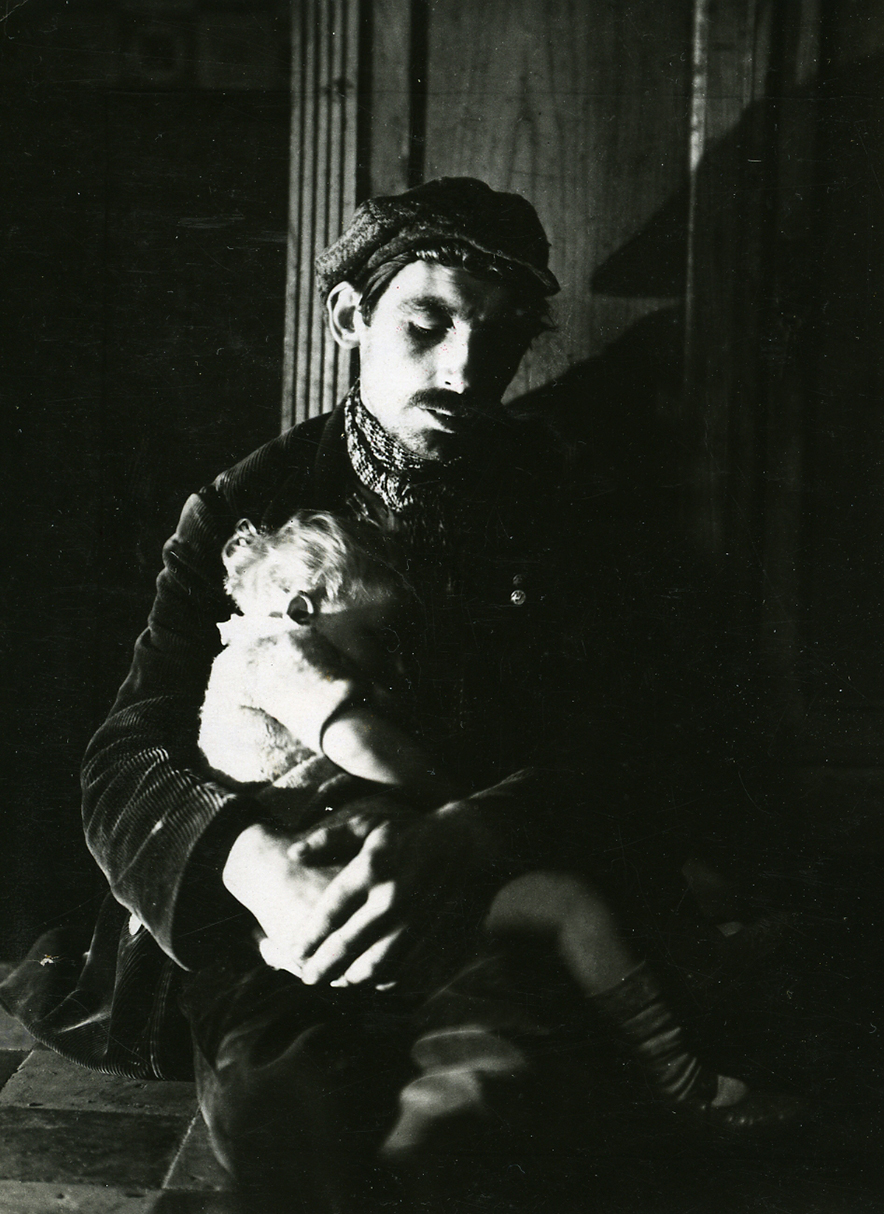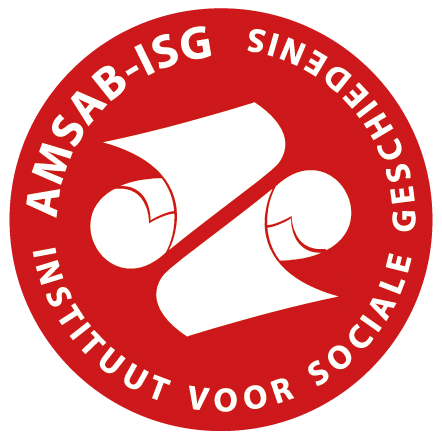Le film Misère au Borinage de Joris Ivens et Henri Storck est tourné en Belgique, dans la région du Borinage à proximité de Mons, entre septembre et octobre 1933. Le contexte de réalisation du film est celui d’un pays plongé dans une grave crise économique résultante du krach boursier américain de 1929. En 1932, la Belgique connait une grève générale du milieu ouvrier. La situation économique de nombreux Belges est catastrophique et les mineurs sont particulièrement touchés par cette crise. Le médecin bruxellois Paul Hennebert, membre du Secours Ouvrier International, se rend chaque semaine dans les bassins miniers wallons pour y donner les premiers soins. Les conditions de vie révoltantes dans lesquelles vivent les familles le poussent à écrire une brochure qui dénonce cette situation. Elle s’intitule Comment on crève de faim au Levant de Mons et est à l’origine du film Misère au Borinage.
En juillet 1933, André Thirifays, fondateur et secrétaire du ciné-club bruxellois Club de l’Écran, lit la brochure de Paul Hennebert et propose alors à Henri Storck, jeune réalisateur belge et membre du club, de faire un film documentaire sur la situation des charbonnages wallons. Storck accepte mais désire s’associer à un collègue plus expérimenté pour réaliser le film. Il demande à Joris Ivens, réalisateur néerlandais très engagé dans le documentaire social, de collaborer avec lui.
Storck et Ivens associés, le projet de réalisation de Misère au Borinage se lance. Le lieu pour tourner le film est fixé : le quartier du Monobloc de Mons dans le Borinage. Pour la promotion et la documentation du film, des photographes ont rejoint bénévolement l’équipe du tournage de Misère au Borinage : Cami et Sasha Stone et Willy Kessels.
Les Stone, de par leur position dans le réseau artistique belge, sont très probablement déjà en contact avec Henri Storck. Leurs photographies du tournage montrent les « à-côtés » du film. Beaucoup sont des images des lieux : rues, usines, maisons, ou détails de l’environnement dans lesquels vivent les familles du Monobloc. Quelques-unes de leurs photographies sont des portraits « posés » mais la majorité des images sont plutôt de l’ordre du reportage. Leurs photographies témoignent des conditions de vie des mineurs plutôt que du tournage du film. Ces préoccupations sociales rencontrent d’ailleurs celles du Parti ouvrier belge pour lequel les Stone réalisent une affiche sur le thème du logement.
Leurs photographies, et celles de Willy Kessels, prises sur le tournage de Misère au Borinage se trouveront publiées dans la presse de l’époque.
Le film est réceptionné de manière mitigée par la presse écrite et la population. Le film dérange : les censures belge et néerlandaise en interdisent la diffusion publique. Il est uniquement projeté en privé et dans des ciné-clubs. Pour beaucoup de journalistes, le film est trop impartial pour être véridique, on l’accuse d’être un manifeste communiste. Pour d’autres cependant, il s’agit là d’un « exemple de lutte des classes d’une beauté émouvante, témoignage vivant de conscience prolétarienne d’une grande envergure et d’une grande authenticité ». Au sein des articles, les photographies prises sur le tournage sont publiées, servant d’appui positif ou négatif au texte.Galerie





